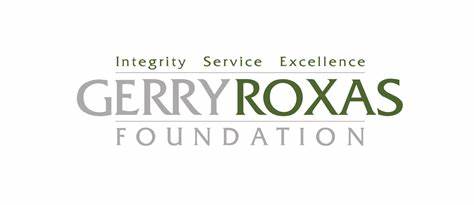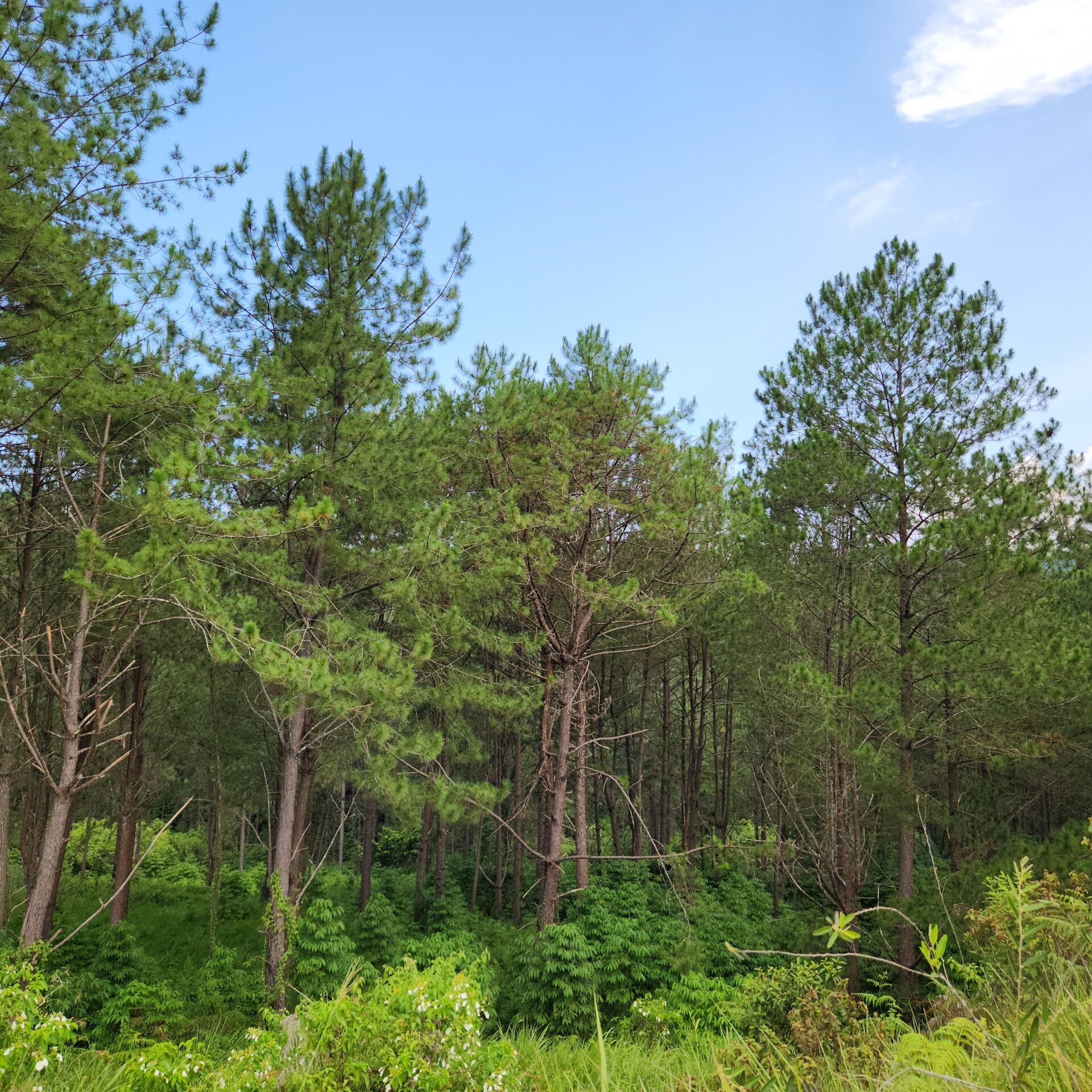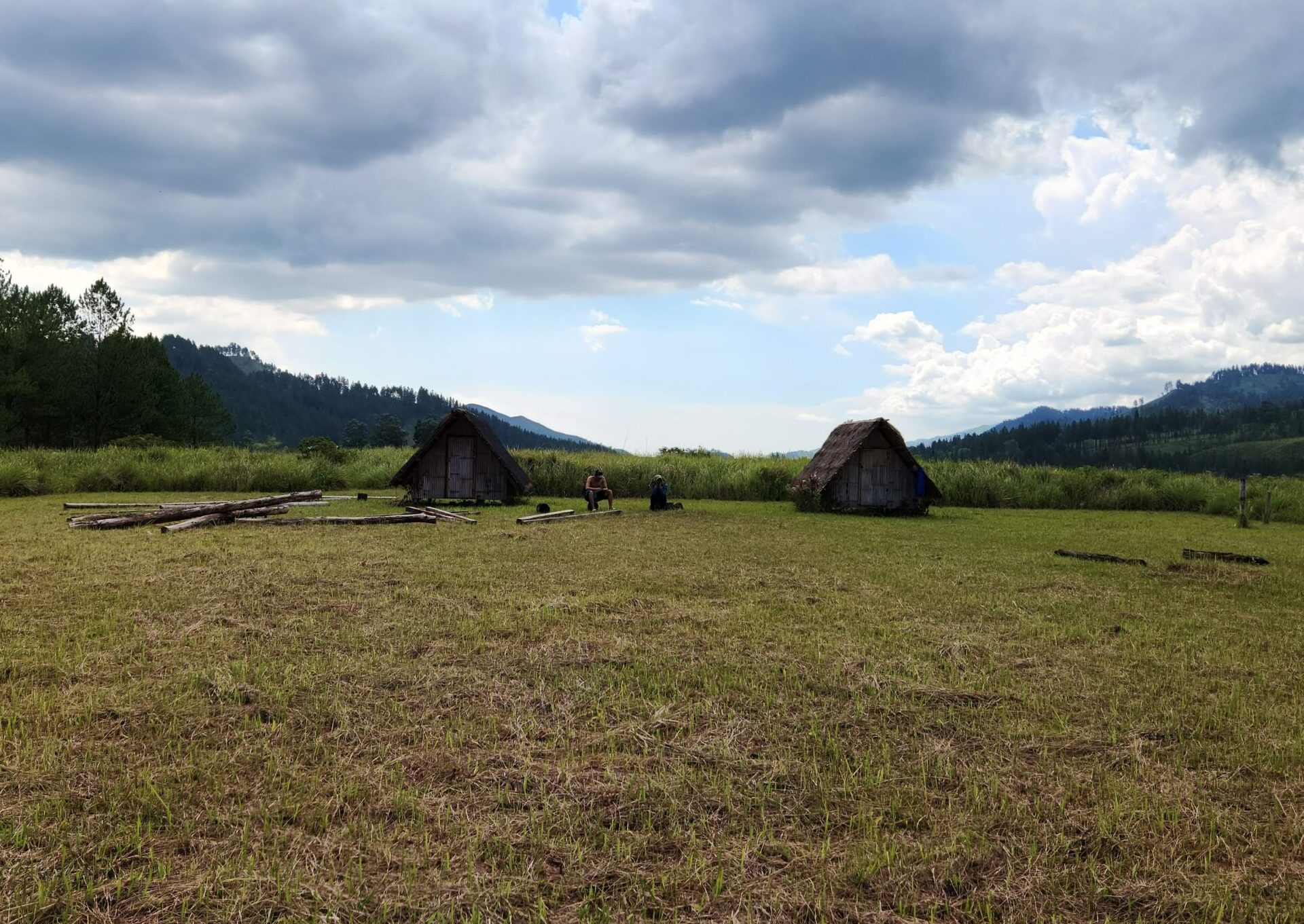Investment-ready
Indigenous People’s Forest Restoration Program
Protecting and restoring tropical ecosystems with indigenous communities.
-
Bukidnon Province, Philippines
-
Restoration
-
27,000 hectares
-
275,000 tCO2e removed/ annum
-
30 years

Partners and supporters
Standards
Location
Bukidnon Province, Philippines: 8°13′ 52.2696″N 125° 7’19.1712″E
The Indigenous Peoples’ Forest Restoration Program

Philippine Eagle
The Bukidnon Indigenous Peoples’ Forest Restoration Project aims to restore 27,000 hectares of degraded land in Bukidnon, Philippines, over the next three decades.
This initiative will involve close collaboration with Indigenous Peoples and Local Communities (IPLCs) to ensure sustainable land management and socio-economic development. The project focuses on creating green jobs, diversifying livelihoods through agroforestry, and providing environmental education and training opportunities. By leveraging climate finance, the project seeks to generate significant ecological and economic benefits, including improved air quality, enhanced biodiversity, and increased soil and forest health.
A critical aspect of this project is the conservation of the Philippine Eagle, one of the world’s most endangered raptors and a national symbol of the Philippines. The Philippine Eagle, which requires extensive forest habitats to thrive, has seen its population dwindle due to deforestation and habitat loss. By restoring and protecting these vital forest ecosystems, the project not only helps preserve this majestic species but also underscores the importance of biodiversity for the region’s environmental health. The success of the Bukidnon Project will contribute to the survival of the Philippine Eagle, demonstrating the intrinsic link between forest conservation and wildlife protection.
The project is supported by multiple stakeholders, including the National Commission on Indigenous Peoples (NCIP) and the Department of Environment and Natural Resources (DENR), who will oversee its execution and ensure compliance with environmental standards. With a phased implementation plan, the project will start with pilot areas and gradually expand to cover more ancestral domains, aiming to sequester over 8 million tonnes of CO2e over 30 years.

Philippine Eagle
Interested in investing in this project?
The involvement of an investor will be pivotal in this project, providing the financial resources to scale the project over the long- term and secure high-quality, high-integrity carbon credits. This project represents a unique opportunity to protect vital habitat, conserve endangered species and provide green jobs for local communities.

Image gallery
Image gallery
On the ground impact

By design, the project is for communities, by communities, and with communities. Its co-benefits and impact will include:
- >1,000 local green jobs
- Ecological functionality and habitats for Rare, threatened, and endemic species
- Empowered Indigenous Peoples (IPs) to Exercise of Priority Rights (EPR)
- Equal opportunities to IPs and IP women
- Preservation of Indigenous Knowledge, Systems, and Practices
- Improved well-being and access to health services
- Access to environmental education and scholarship opportunities
- Diversified livelihood opportunities and food security
- Multi-stakeholder partnerships developed
Supporting the SDGs
-
1 – No poverty
IPLCs employed in green jobs
-
2 – Zero hunger
Livelihoods food sources diversified through agroforestry
-
3 – Good health & wellbeing
Air quality improved through reforestation
-
4 – Quality education
Access to environmental education through training & scholarships increased
-
5 – Gender equality
Women and youth participation in the project
-
8 – Decent work & economic growth
Decent work & economic growth
-
10 – Reduced inequalities
Opportunities for Indigenous Peoples
-
12 – Responsible consumption & production
Economic stimulation through green economy
-
13 – Climate action
Annual emissions reduction: 275,000 tCO2e
-
15 – Life on land
Net positive impacts to biodiversity
-
17 – Partnerships for the goals
Multi-stakeholder partnerships between government, indigenous peoples, NGOs, & private sector
Featured

10-Step guide to purchasing carbon credits and investing in climate projects
Take a look at our 10-step guide to purchasing carbon credits and why investing in climate projects over the long-term is vital to deliver transformational impact on the ground.














